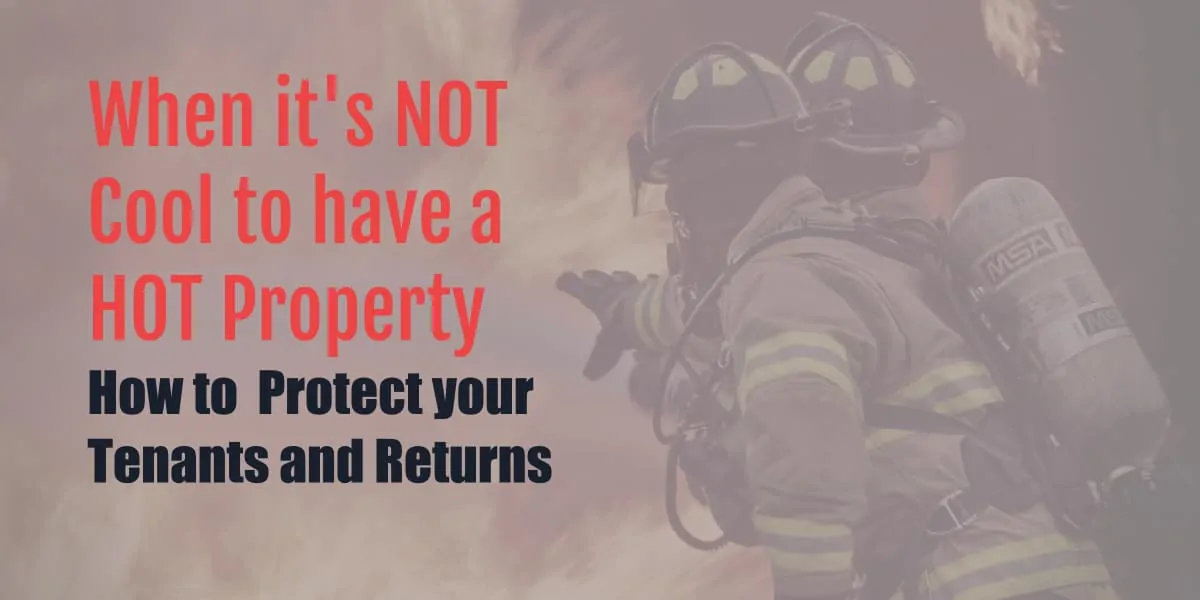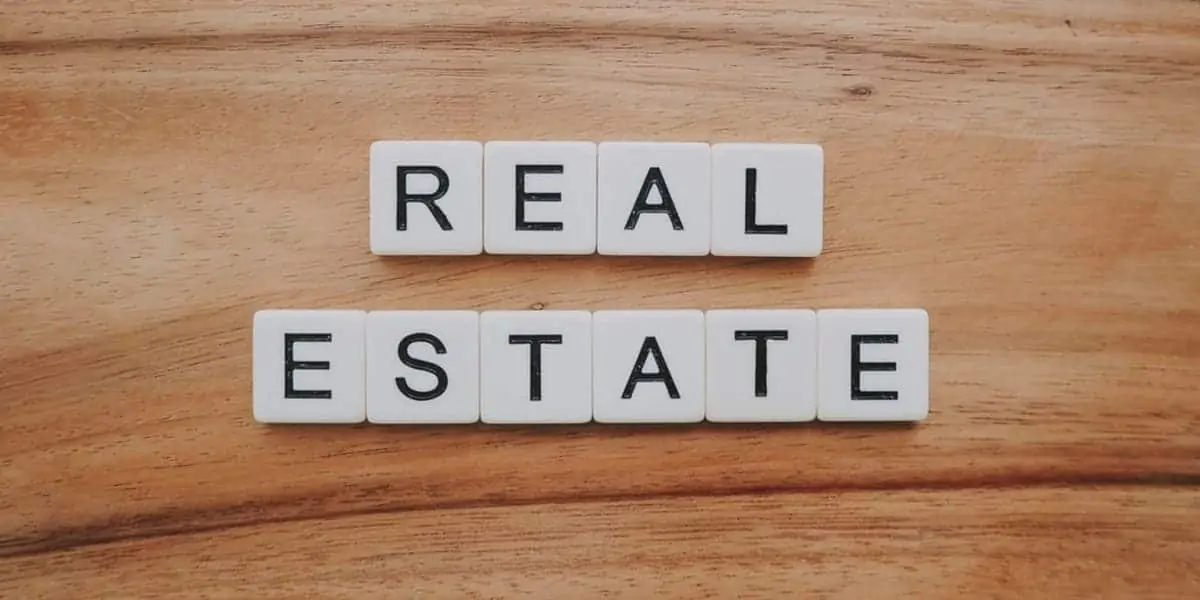How to keep your Tenants and Returns Fire Safe
We recently had a hot property inspected for fire safety and a warning from the fire inspector led us to a discussion on roles and responsibilities for fire safety. In the fall, we completed our regular walkthrough of the units to test the alarms, so we were confident all should have been working fine.
The inspector found a non- functional smoke alarm. We were surprised, to say the least, so we asked the tenant if anything happened to the alarm. He advised that it kept beeping and his solution was to take the battery out. That was a very big deal and not in a good way.
That put him at risk of injury or worse, as well as other tenants at the hot property and it also put us as landlords at risk of property loss and liability. Here are some things we think you need to know as an Owner, Landlord, Property Manager and Tenant
Fire Prevention – hot property
Confidence that your loved ones will be safe amid a house fire comes from having a safe home. Home fire safety starts with recognizing the common causes:
- Cooking
- Smoking
- Appliances
- Candles
Cooking
Cooking is one of the leading causes of house fires, as well as injuries from fire. Adopting good habits in the kitchen is necessary for fire prevention:
- Avoid wearing loose-fitting clothing while cooking – sleeves can easily get caught on pot handles.
- Turn pot and pan handles inwards and towards the back of the stove.
- Do not cook or use other appliances when you are sleepy or drowsy.
- Keep flammable objects such as paper towels, pot holders, and tea cloths at a safe distance from the stove and oven. As a rule of thumb, it does not belong on the stovetop if it is not a pot or pan.
- Stay in the kitchen while you are cooking, and use a timer as a reminder when roasting or baking foods.
- When you finish cooking, turn off the stove burners, appliances, and oven off promptly. Make it a habit to double-check that the elements and oven are off before leaving the kitchen and your home.
- Keep heat-proof oven mitts handy and use them when moving hot pots or pans.
- Enforce a kid-free zone (such as an area a certain number of feet around the stove and oven) in the kitchen.
- Regularly clean the burners and stove top – built-up grease can easily catch fire.
In the case of a kitchen fire:
- Do not turn on an overhead fan as it can cause the fire to grow and spread.
- If you’re experiencing a grease fire, never use water to put it out. Instead, use a lid to cover the pan and smother the flames. For shallow grease fires, use baking soda.
- If a fire starts in the microwave, leave the door closed and unplug the unit.
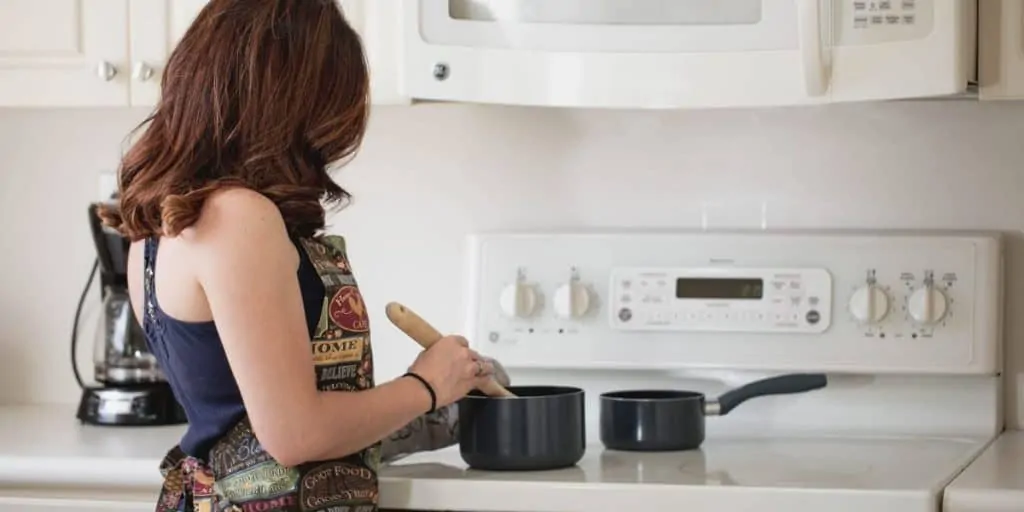
Smoking
Aside from being bad for your health, smoking is also a significant fire hazard. Smoking-related fires often occur in the home through careless smoking: lit cigarettes left near combustible materials, a smoker falling asleep with a cigarette in hand, or improperly extinguished cigarette butts. Follow these tips:
- Smoke outside!
- Avoid smoking in bed. The sheets and bedding can quickly catch fire.
- Used butts should be stubbed in a can filled with sand. If possible, douse cigarettes and ashes with water before discarding.
- Double-check that cigarettes and ashes are out completely before walking away.
- Never smoke in a home where oxygen is used. Oxygen is an explosive substance, and can make fires burn faster and hotter
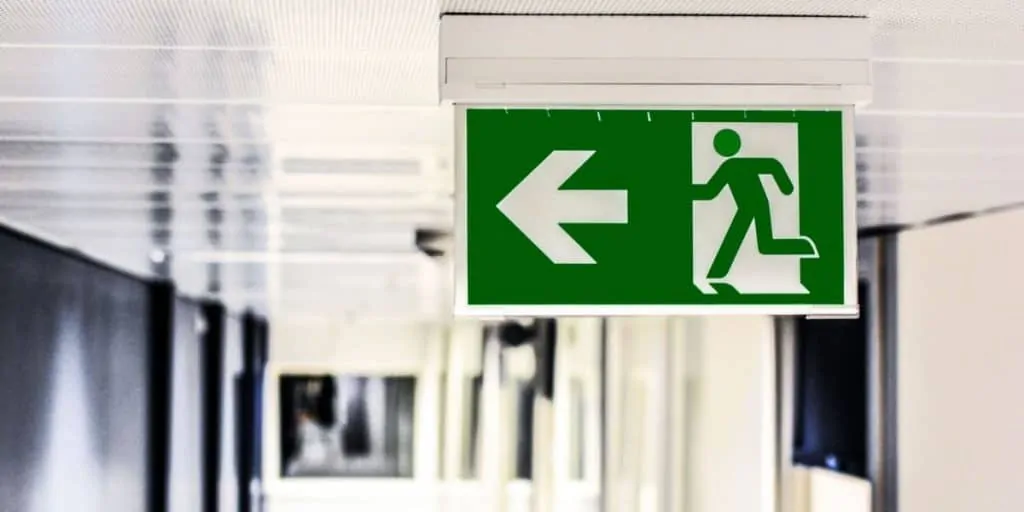
Electrical and Appliance Safety
A young mentee of mine and her family went on vacation, while grandma Mary stayed home to relax. The day after they left, Mary decided to throw in a load of laundry, while catching up on her favourite shows. She was caught off guard when a smell of smoke filled the house.
A fire had broken out in their laundry room. It was a direct result of their dryer vent being full of lint. Dryers that are not well maintained are very susceptible to overheating. Be diligent about cleaning the lint traps. Mary was able to call the fire department and get out of the house safely but most of the garage and one side of the house were badly damaged.
The family had recently switched home insurance coverage so all the damages were covered less a small deductible, but we’ll cover insurance tips in another post.
Home appliances are another potential source of house fires, particularly old and damaged goods. Some simple steps to avoid electrical fires include:
- Check appliances (like hair dryers and lamps) frequently for worn or frayed cords. Damaged cords should be replaced and discarded.
- Avoid counterfeit electrical products that may malfunction or have not be assembled properly to withstand power demands. These products can easily overheat or short circuit (where an electrical current follows an unintended path).
- Don’t overload extension cords and wall sockets.
- Don’t run cords under rugs or carpeting.
- Use extra caution when using portable space heaters – turn them off when you’re away from home or plan to go to bed.
- Inspect your furnace regularly.
Fireplaces and woodstoves require extra attention:
- Inspect and clean on a regular basis.
- Check for damage and obstructions.
- Ensure that always use a fireplace screen that is heavy enough to withstand rolling logs and large enough to catch flying sparks.
- Make sure the fire is out completely before leaving the house or going to bed.
- Store cooled ashes in a tightly sealed metal container outside the home.
- Never leave children unattended near operating fireplaces and woodstoves, even for a short time.
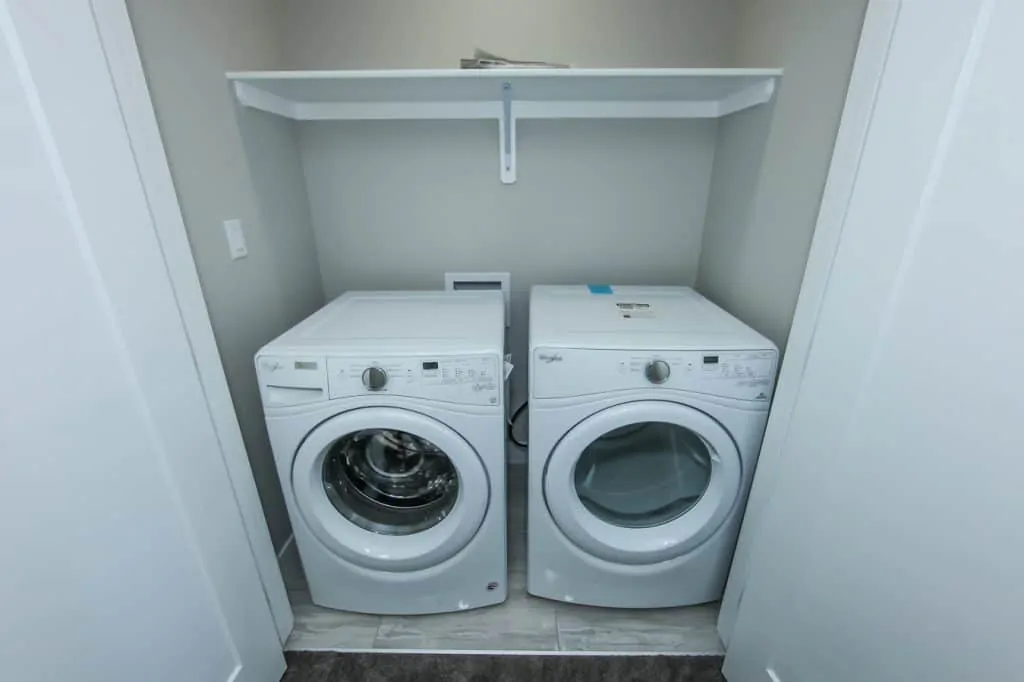
Landlord & Tenant Responsibilities
We need the unit to be kept in good condition for city inspections and that means keeping the smoke and fire alarms upto date
- Changing batteries
- Keeping carbon monoxide detectors plugged in
- Add smoke and carbon monoxide detectors that last for 10 years so tenants don’t have to change (create a record for each unit or file that this is done)
- Do not take out units to change batteries and not put back immediately, you leave the place and yourself at risk.
As owners we should use the signed form prepared by municipalities, or create your own for tenants to sign that you have updated the smoke and carbon monoxide detectors when new tenancy starts. Use the form with each new tenant and annually to ensure they are reminded of their responsibilities as well.
Click the link to request the form to sign-off with tenants!
Smoke and Carbon Monoxide Alarm Installation and Maintenance Requirements
According to the Fire Code, Ontario landlords are responsible for installing smoke alarms in the hallway of dwelling units where sleeping areas are served by a hallway, or between the sleeping area and the remainder of the unit when not served by a hallway.
(In general, “adjacent to each sleeping area” means the hallway serving or area outside the sleeping area. For instance, a CO alarm must be installed in the hallway adjacent to multiple bedrooms in a house or apartment. However, there may be situations where “adjacent to each sleeping area” refers to the area around the bed, within the bedroom or sleeping area itself.)
- If there is a fuel-burning appliance in a condo/apartment, a carbon monoxide alarm must be installed adjacent to each sleeping area.
- If the building has a service room, carbon monoxide alarms must be installed in the service room and adjacent to each sleeping area of all condos/apartments above, below and beside the service room.
- If the building has a garage, carbon monoxide alarms must be installed adjacent to each sleeping area of all condos/apartments above, below and beside the garage.
Responsibilities
Landlords:
- Landlords are responsible for ensuring working CO2 and smoke alarms are installed and maintained in their rental properties.
- The law requires landlords to test CO2 and smoke alarms in rental units annually and when the battery is replaced, changes are made to the electric circuit or a change in tenancy occurs. Smoke alarms must be tested by pressing the test button.
- The law requires landlords to provide CO2 and smoke alarms manufacturer’s maintenance instructions to tenants.
- The owner of a condominium suite is responsible for the installation and maintenance of CO2 and smoke alarms in the suite. Often, there are agreements between the owner and the condominium corporation in which the corporation takes on this responsibility on behalf of the owner.
Tenants:
- Tenants are required by law to notify the landlord if the CO2 and smoke alarm is inoperable.
- It is against the law for tenants to remove the batteries or tamper with the CO2 and smoke alarm in any way.
- Tenants should contact their landlord immediately if they do not have the required number of CO2 smoke alarms.
Additional Best Practices:
- For added protection, install smoke and CO2 alarm in every bedroom and on every storey of the home according to manufacturer’s instructions.
- It is recommended that smoke and carbon monoxide alarms be tested monthly or in accordance with the manufacturer’s instructions.
- Replace batteries in smoke and carbon monoxide alarms once a year or whenever the low-battery warning sounds. Know the difference between a low-battery warning and an emergency alarm – consult the alarm manufacturer’s instructions.
- Replace smoke alarms in accordance with the manufacturer’s instructions. Know what the “end-of-life” warning sounds like – consult the smoke alarm manufacturer’s instructions.
- Know what the “end-of-life” warning sounds like – consult the CO alarm manufacturer’s instructions.
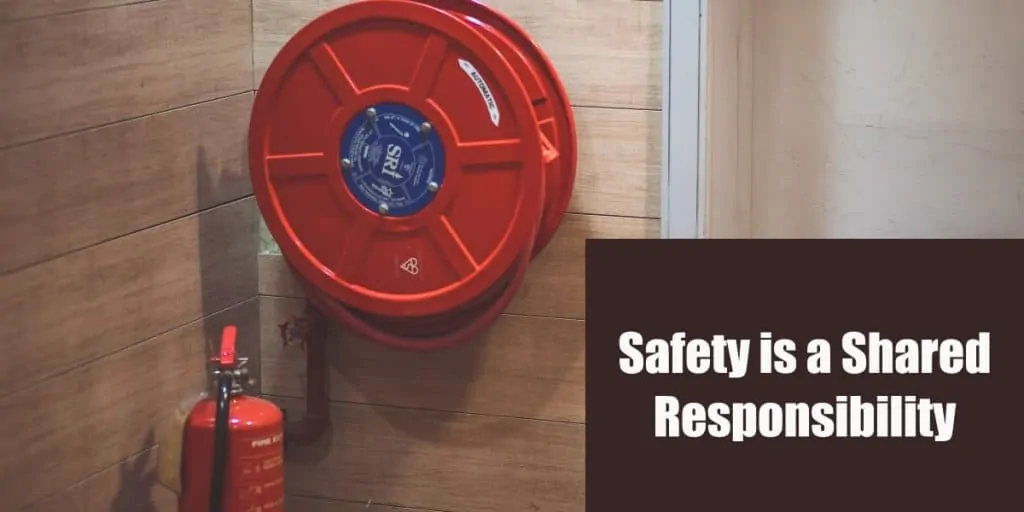
Emergency Planning and Home Escape Planning
As a mom now and particularly as a former foster-mom I cared for children who were in transition and it was imperative to have an emergency escape plan in the home. Firstly, it was a required procedure by the agency but as a former school teacher it made good sense to prepare children for fires or similarly emergency situations that could cost their lives.
As I put this BLOG together I realized I haven’t updated and reviewed with my own family emergency plan for more than a year. Recently when our home alarm went off, it’s a loud and obnoxious sound yet no one in my household responded or inquired to see what was going on.
When asked if they heard the alarm going off they responded “What alarm?” Now this experience was a good reminder that it is essential to discuss and plan for fire safety.
Responsibilities:
Apartments and Condominiums:
- Building owners are to instruct occupants on the emergency procedures to be followed when the fire alarm sounds.
- Tenants should be aware of the procedures outlined in the hot property’s fire safety plan.
Houses:
- Occupants should develop a home escape plan and know what to do when the smoke or CO alarm sounds. Sit down with everyone in the household and discuss how each person will get out of the home in an emergency.
- Practise the escape plan with everyone in the home. Make sure everyone can get out quickly.
- Make sure everyone knows two ways out of each room, if possible. If the door of a room is blocked by smoke or fire, discuss an alternate escape route such as a window. Make sure all windows open easily. Security bars on windows should have quick-releasing devices so they can be easily removed.
- Help those who need it. Determine who will be responsible for helping young children, older adults, people with disabilities or anyone else who may need assistance.
- Get low and go under the smoke to the nearest safe exit. Most fire deaths are the result of smoke inhalation.
- Choose a meeting place outside, a safe distance from the home. A tree, street light or a neighbour’s home are all good choices. In case of fire, everyone should go directly to this meeting place to be accounted for.
- Get out, stay out. Never re-enter a burning building. After safely escaping, call the fire department from outside the home using a cell phone or from a neighbour’s hot property.

